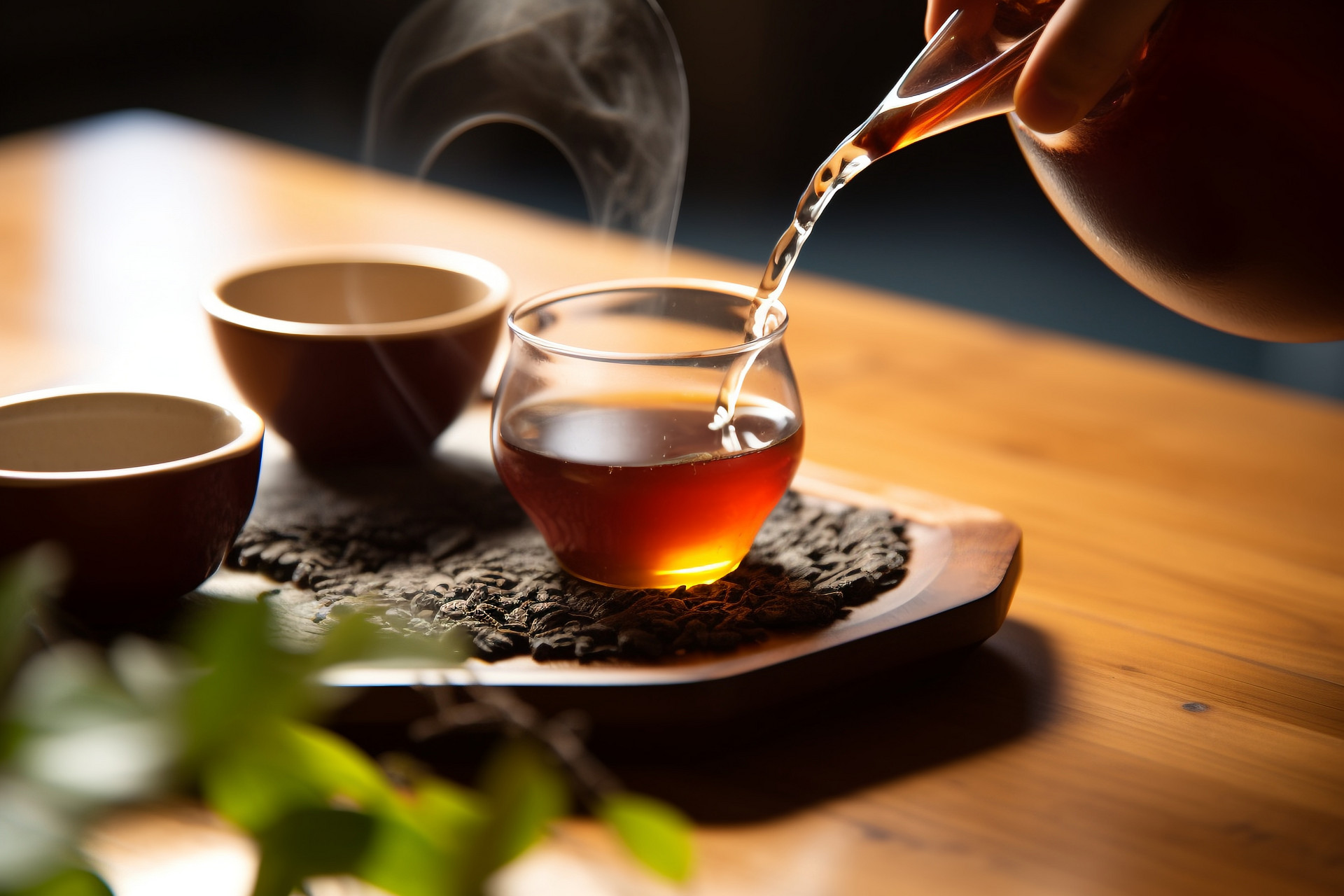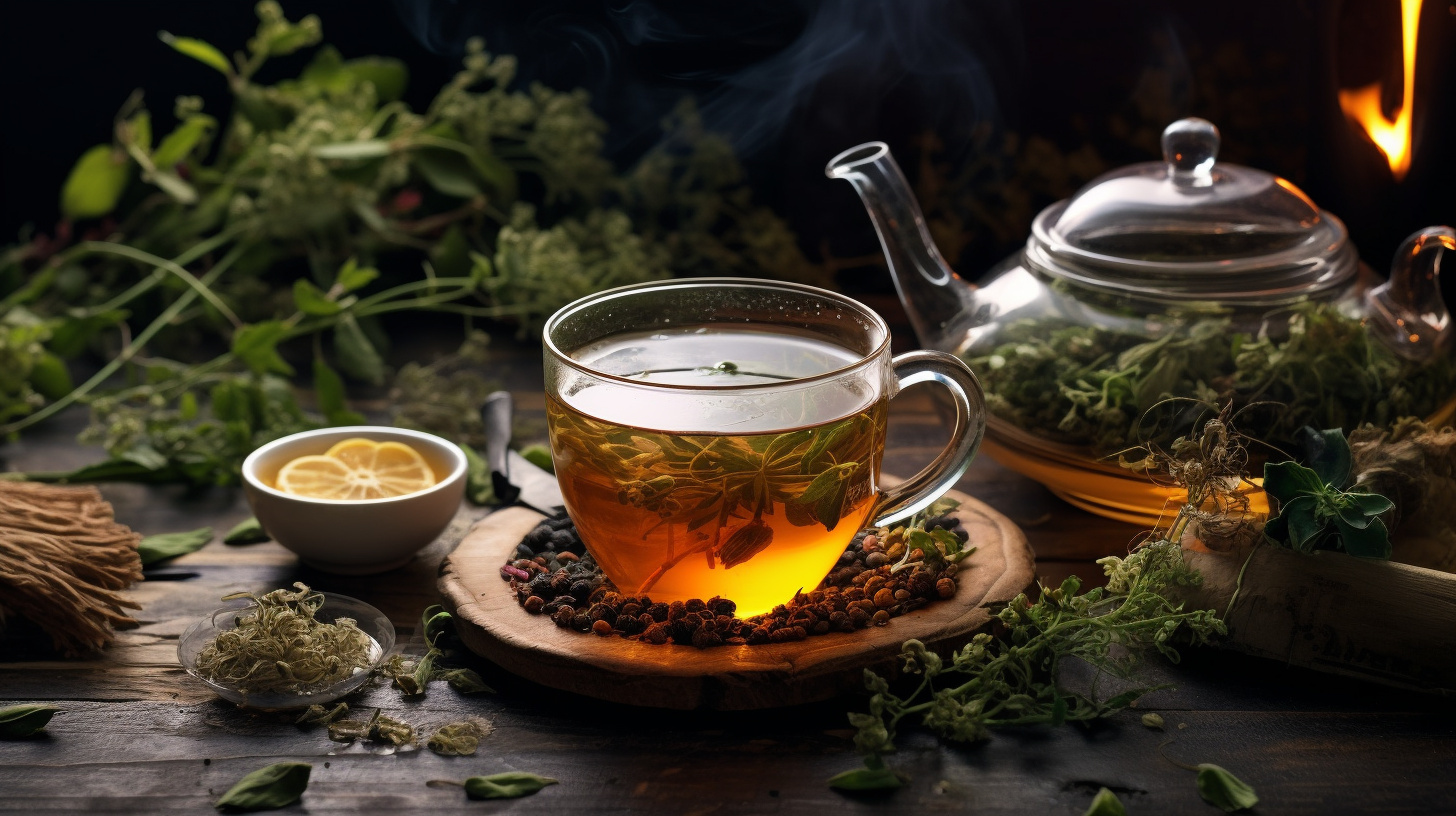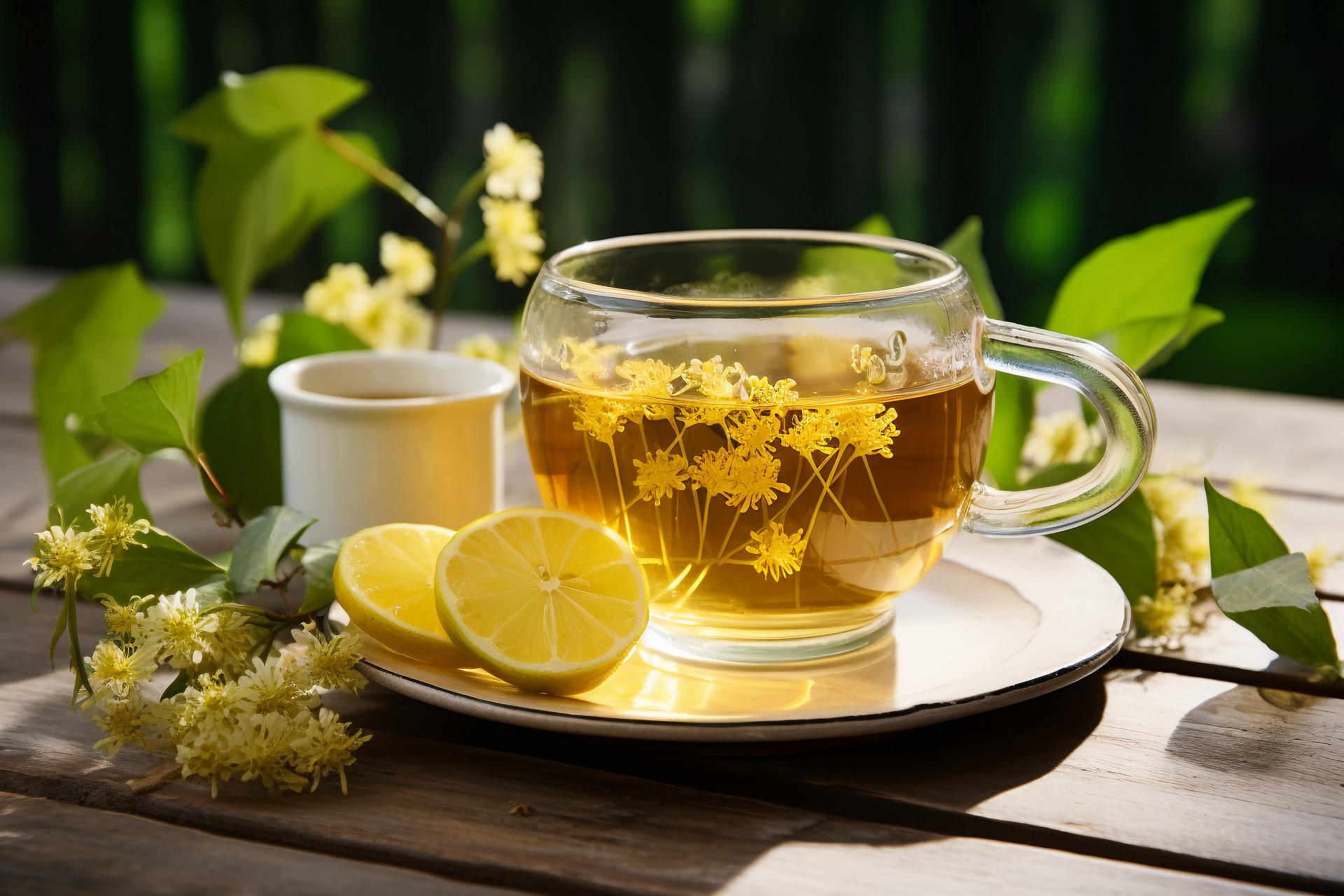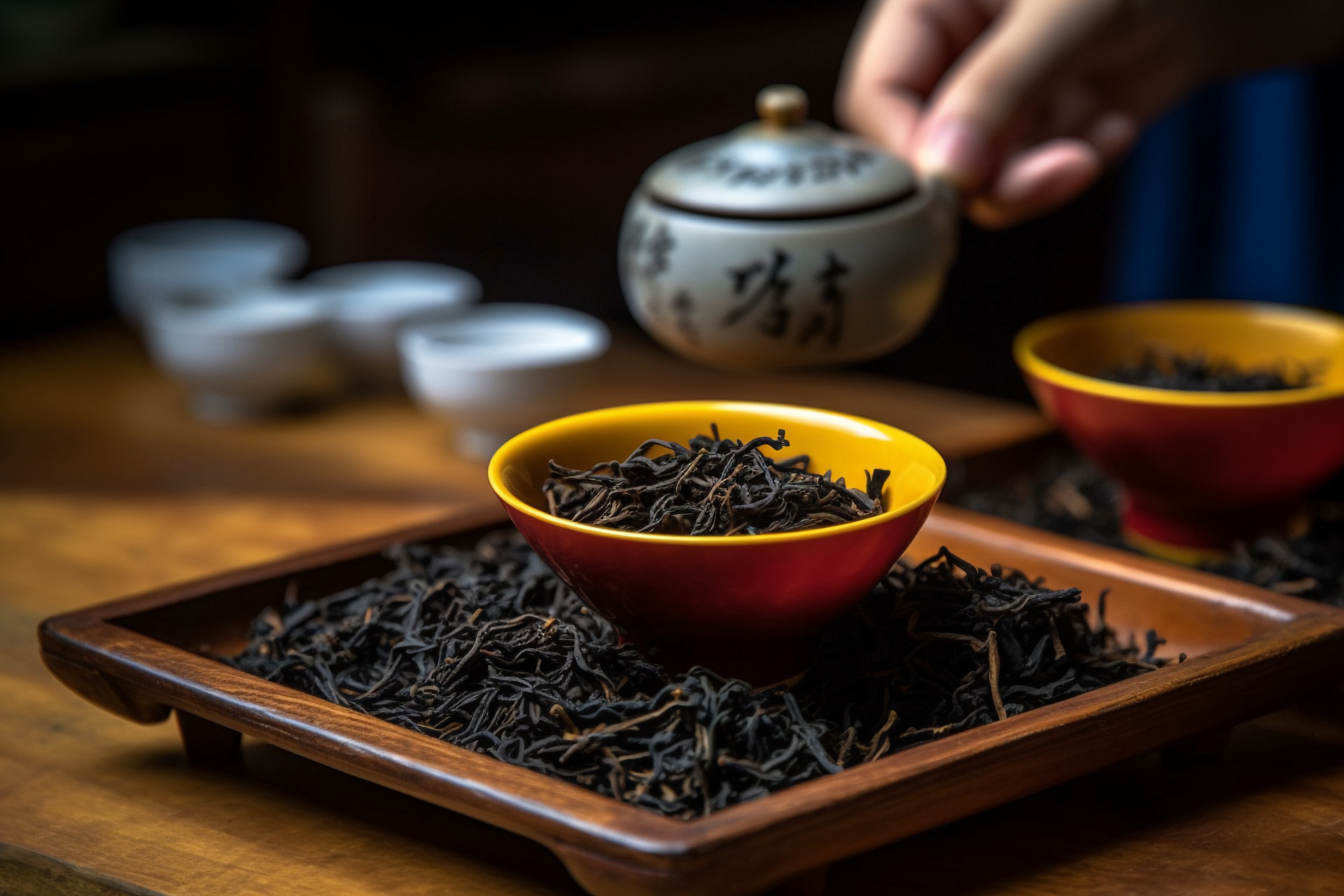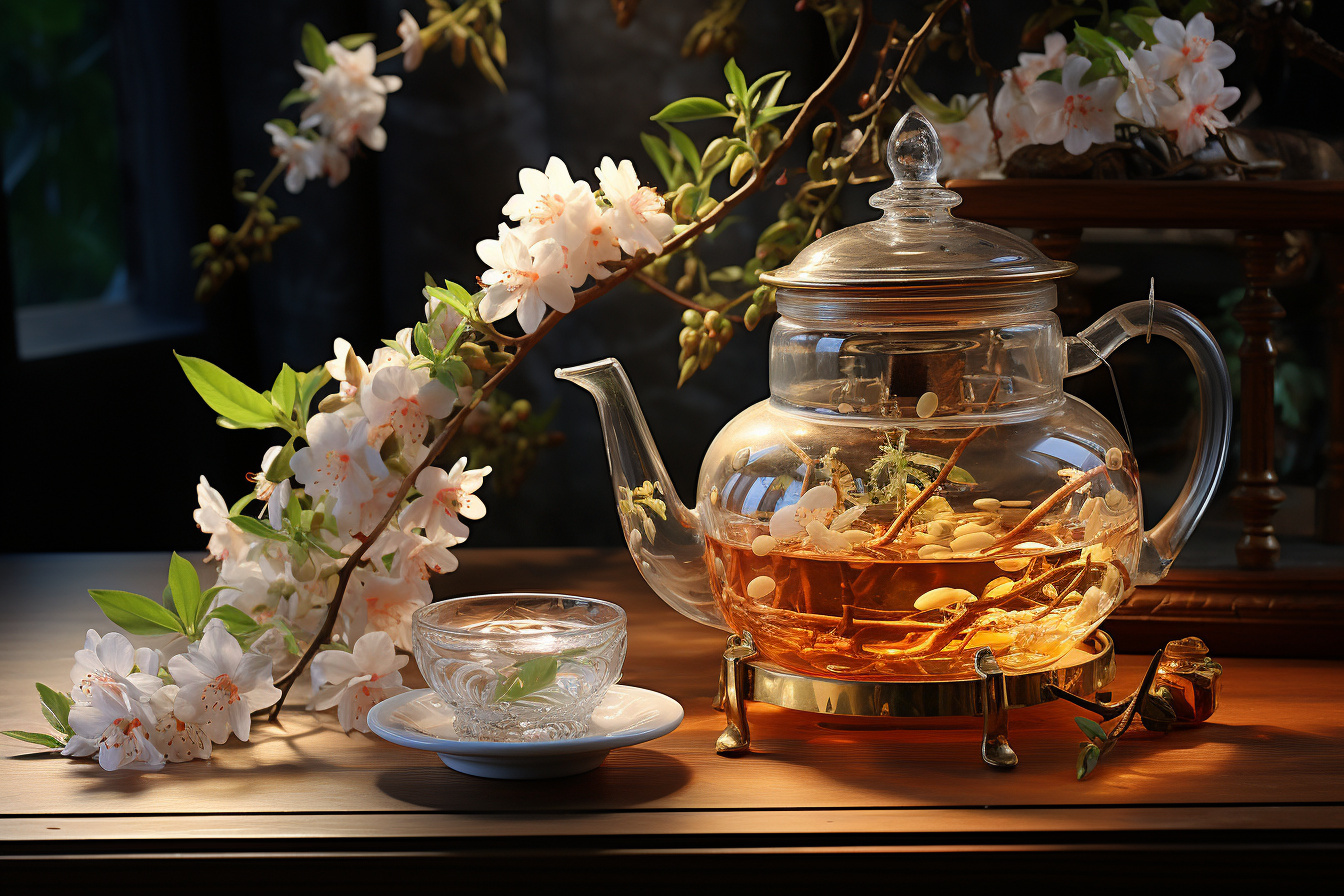We all know that drinking tea regularly is very beneficial to our health, but choosing the right tea is not easy. In order to get good tea, besides satisfying personal taste preferences, a lot of knowledge is needed. For many tea experts, selecting tea usually starts with the four aspects of color, aroma, taste, and appearance.
1. Observe the appearance of the tea leaves
1. Check the dryness of the tea leaves
The first element to inspect in tea leaves is the level of dryness. Good quality tea leaves should have a moisture content of less than 5%, which means they can be easily crumbled between the thumb and forefinger or feel slightly prickly when held in the palm. On the contrary, if the tea leaves do not easily break when pressed, it indicates that they have absorbed moisture and the quality is poor.
2. Observe the shape of the tea leaves
The tea leaves should have intact and evenly sized strips and leaves, with minimal stems, yellow leaves, and other impurities. Generally, tightly rolled and straight tea leaves indicate tender raw materials and good craftsmanship, and thus better quality. Loose and flat leaves with a smoky or burnt taste indicate older raw materials and poor craftsmanship, resulting in lower quality.
Different types of tea have different shape requirements, such as twisted strips for green tea, pearl-shaped for jasmine tea, flat for Longjing tea, and granular for black broken tea. For long strips of tea, observe the tightness, straightness, thickness, roundness, and weight. For pearl-shaped tea, observe the looseness, uniformity, weight, and fullness of the granules. For flat tea, observe the smoothness and adherence to specifications.
3. Pay attention to the color of the tea leaves
Tea leaves with an oily sheen and vibrant color are fresh, indicating a short storage time and better aroma and taste. Consistent color, bright luster, and oily and vibrant appearance indicate good quality tea. In contrast, uneven color, lack of luster, and dull appearance indicate different maturity levels of the raw materials, poor craftsmanship, and lower quality. Different types of tea have different color requirements: black tea should be black and oily, green tea should be green, oolong tea should have a greenish color, and black brick tea should be black and oily.
2. Smell the aroma of the tea leaves
Before brewing, use a tea tasting set to hold a small amount of tea leaves and smell the aroma. Pay special attention to whether the tea leaves have an oily, burnt, grassy, or other strange smell.
3. Taste the flavor of the tea soup
1. Observe the color of the tea soup
The color of the tea soup may vary depending on the degree of fermentation and roasting, but whether it is honey green or orange-red, the tea soup should be clear and bright. If the tea soup is turbid or grayish, it indicates poor quality tea leaves.
2. Taste the soup
The tea soup should have a mellow taste, and all types of tea should have a slightly bitter and astringent taste. After drinking, the mouth should be full of tea aroma that lingers, and there should be a smooth and moist feeling in the throat, indicating good quality tea.
4. Examine the tea leaves after brewing
The tea leaves after brewing are called "tea leaves bottom". After tasting the tea soup, observe the tea leaves in the teapot. If the tea leaves unfold quickly, it indicates that the tea leaves are made from coarse and old branches, and the tea leaves are not tightly rolled, resulting in a bland taste that does not hold up well to multiple infusions. On the other hand, if the tea leaves slowly unfold, it indicates that the tea leaves are tender and well-crafted, resulting in a rich and durable tea soup. After the leaves unfold, intact leaf shapes are preferred, while a high proportion of broken leaves indicates lower quality.
There are many types of tea, but regardless of the type, tea leaves with a musty smell should be avoided. These tea leaves often harbor harmful fungi and secrete toxins that can be detrimental to health. Drinking such tea can cause symptoms such as abdominal pain, diarrhea, and dizziness, and may even affect the function of organs and lead to diseases.


![[The Risks of Eating Hawthorn During Pregnancy]](https://tcmmaintenance.com/uploads/20240715/97742b67f97f94c495ae1389337c5c41.jpg)
